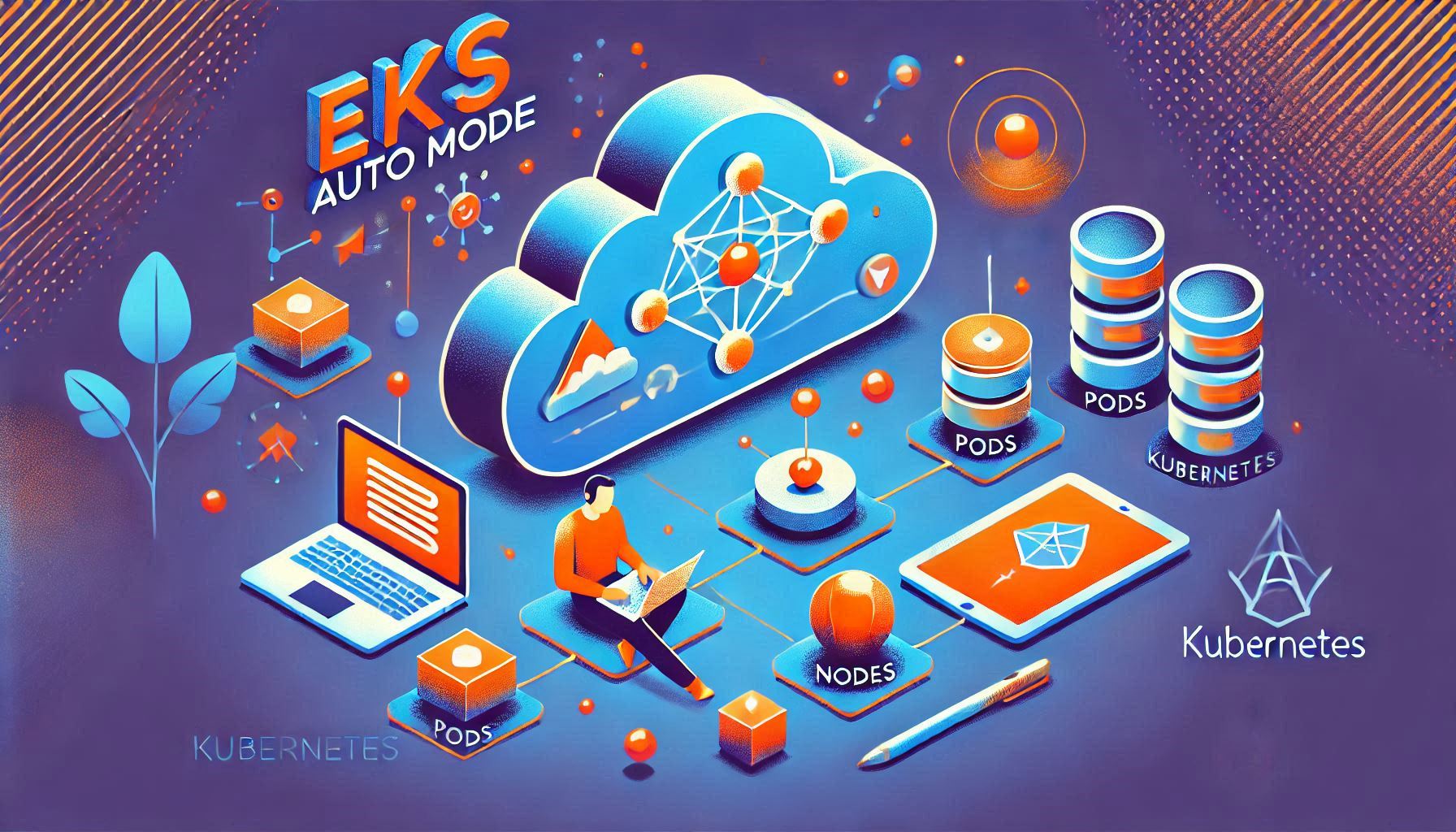In Part 3 of this series, we enhanced our AI agent with domain-specific knowledge through RAG, allowing it to answer questions based on company documents. However, we discovered another critical limitation: when asked about real-time information like weather forecasts or current dates, the agent couldn’t provide accurate answers.
AI models are trained on historical data with a knowledge cutoff date. They don’t have access to real-time information like current weather, today’s date, live flight prices, or currency exchange rates. This makes them unable to help with time-sensitive tasks that require up-to-date information.
In this post, we’ll add tool calling (also known as function calling) to our AI agent, allowing it to access real-time information and take actions by calling external APIs and services.











